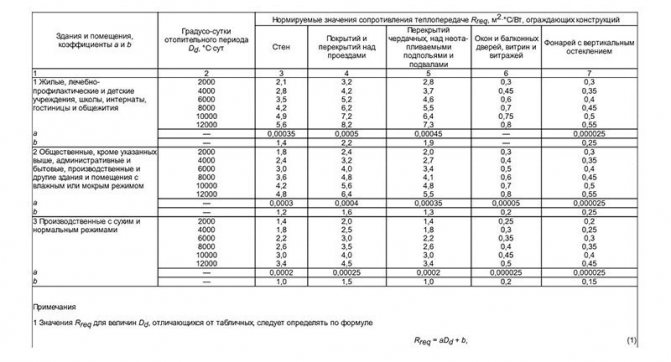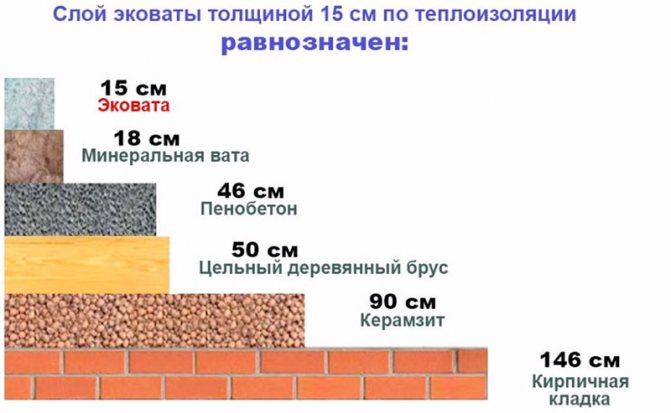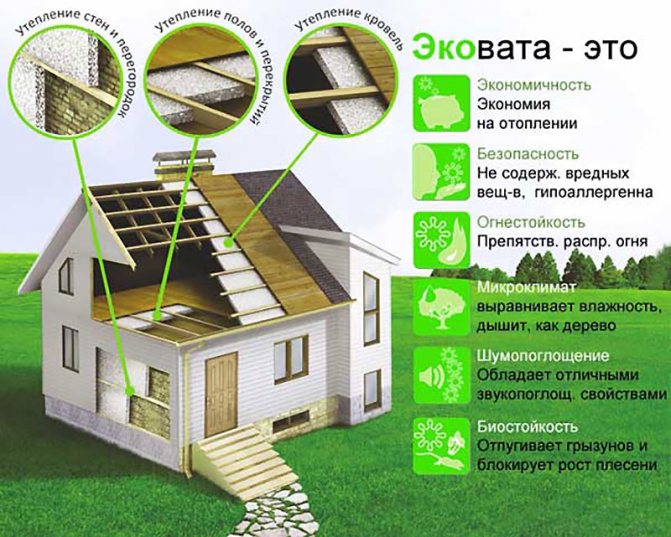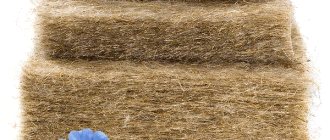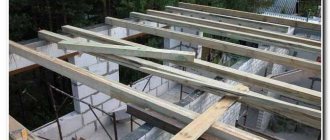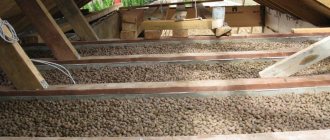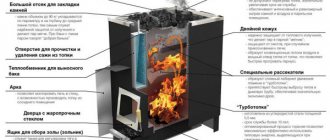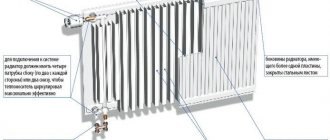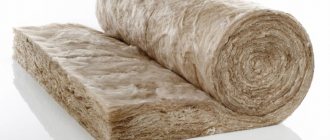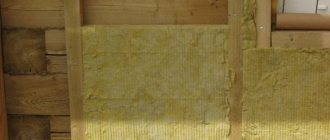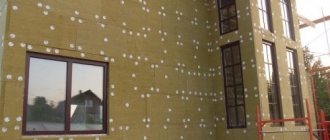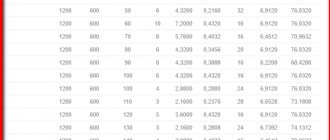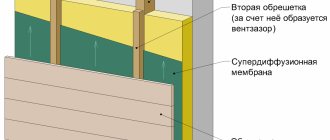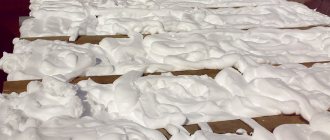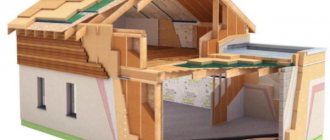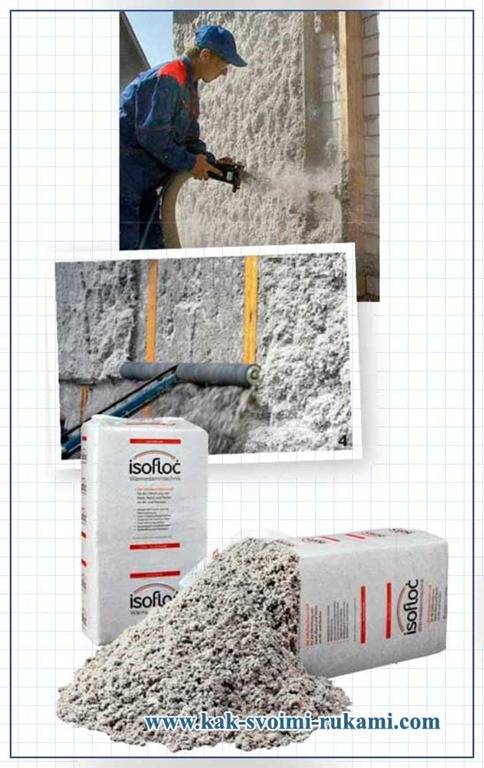
Today, in the USA and Canada, cellulose-based insulation is used in almost 70% of frame houses. In Russia, this material has been known since the middle of the last century, but to this day the domestic consumer treats it with caution. Why?
Cellulose insulation (ecowool) was developed at the beginning of the last century, during the construction boom, when practical and inexpensive materials were in great demand.
The product, which is based on recycled paper, came in handy. It is because of the opened possibility of recycling waste, which used to simply litter the environment, that the prefix “eco” appeared in its name.
EVERYTHING YOU NEED FOR THIS ARTICLE IS HERE >>>
What is ecowool made of
So, most of this insulation (about 81%) is cellulose, or, more precisely, recycled paper. Antiseptics and fungicides (boric acid or ammonium sulfate / phosphate) account for up to 12%, which provide protection against pests. Finally, 7% are fire retardants. The material is extremely easy to manufacture (a full cycle takes only five minutes) and is affordable. Ecowool has other advantages that make it popular in the USA and European countries.
Reference by topic: Ecowool - advantages and disadvantages of the material. Laying ecowool with your own hands
First of all, these are high heat-insulating properties. With a thermal conductivity coefficient of 0.037-0.042 W / (m-K), a layer of sprayed ecowool of 150 mm corresponds in energy saving to a brick wall 4.5 bricks thick. The technology of applying the material (backfill or spraying) provides a uniform heat-insulating layer without voids, seams and breaks.
Despite its "paper" nature, cellulose insulation does not ignite upon contact with fire, but only smolders and, having lost a heat source, extinguishes itself. Due to the capillary structure of cellulose fibers, it is able to retain up to 20% moisture in the upper layers without losing its heat-insulating properties.
No vapor barrier is required for it. Antiseptic additives make ecowool immune to attacks of harmful microorganisms, insects and small rodents. It is also worth noting that cellulose insulation is distinguished by high sound-insulating characteristics, significantly surpassing mineral wool in this indicator. A 100 mm layer of material reduces the noise level by approximately 60 dB. If you use it not only in external walls, but also in partitions, the house will become much quieter.
Features of insulation of different parts of the building
Insulation of the walls of the house
It is possible to use cellulose material for insulating buildings, both for interior decoration (under cladding with sheet materials) and for external insulation of buildings (under ventilated facades). In both cases, profiles for wall panels are first attached to the wall and only after that insulation is applied. Note that when finishing facades, one should take into account the thermal insulation properties of the wall (brick, concrete, wood, glass). This will reduce the cost of the building foundation and there will be no need to think about vapor barrier. Since the material is breathable. In some cases, savings reach 30% of the construction cost.
Insulation of the roof of the house
Ecowool is excellent for thermal insulation of attics or heated attics, since it is environmentally friendly and does not release heat from the house. For such purposes, it is necessary that the thickness of the insulation reaches at least 75 mm, the best option is 100 mm.
Ecowool composition
As mentioned above, ecowool is made from paper raw materials with the addition of antiseptics and fire inhibitors. Let's consider these components in more detail and start with the main thing - waste paper. Overseas manufacturers tend to use ink-free paper, which is known to contain unsafe lead. Unfortunately, domestic companies sometimes do not disdain newspapers and other waste materials that are not suitable for the manufacture of thermal insulation. Therefore, when buying ecowool, it is important to at least visually check it for scraps of cardboard, coated paper (which forms the smallest dust), rags and other debris.
Boric acid is a time-tested antiseptic that raises no questions. Its concentration is too low to create any health problems for the residents. But with fire retardants, everything is more complicated. The fact is that ammonium sulfates and phosphates used by some manufacturers can be a source of an unpleasant ammonia odor.
In addition, over time, these substances lose their fire-fighting properties, as evidenced by research conducted at the California Bureau of Home Furniture and Insulation.
Borax (borax) does not have the above disadvantages. So when choosing a material, it would be reasonable to give preference to the one in which the borax was used. By the way, borax is an additional guarantee that rodents will not start in the wall structure - they do not tolerate this substance.
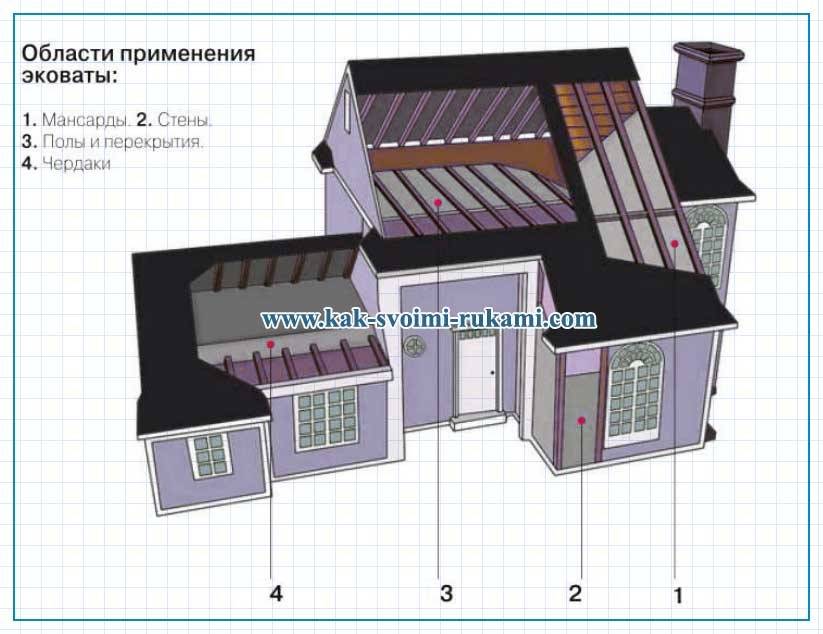

Scopes of ecowool: 1. Attic. 2. Walls. 3. Floors and ceilings. 4. Attics
The negative sides of cellulose
In order to get a complete picture of this insulation, consider the cons of ecowool.
- The use of specialized equipment, since manual installation is quite laborious.
- A sufficiently high qualification is required from the personnel performing the work.
- The presence of a large amount of dust during the installation of the insulation.
- With wet spraying of the composition, its drying time can reach 72 hours, which is not always convenient, and sometimes even unacceptable.
- Shrinkage of cellulose wool. Over time, the installed thermal insulation can lose up to a quarter of its volume, which will lead to the formation of non-insulated niches.
- Significant absorption. In order for the fiber to dry out, it is necessary to create conditions for good ventilation.
- With vertical blowing, it is necessary to create a frame from reinforcement or wooden beams.
In fairness, it is worth noting what shortcomings of ecowool are present, among those pointed out by experts and people who have already encountered it in their homes. There are cases of an allergic reaction "to library dust", expressed in the form of urticaria.
However, these are isolated cases and only individual intolerance to any component of this material can lead to negative consequences.
Also, the fears of some Internet users are caused by the presence of boric acid in the insulation, which, under certain conditions, may be in the zone of direct contact with a person. Recall that its content in the material is 12%... This concentration does not generally pose a danger to the human body. The objectivity of this information remains entirely with those who disseminate such information on forums on the network.
Ecowool installation
Cellulose insulation is used for thermal insulation of walls, interior partitions, mansard and attic rooms, as well as roof structures and floors on logs. But you cannot lay it under the screed: it is a loose material that needs free space. Ecowool is delivered to the object compacted (3-5 times of the nominal density), therefore, it must first be restored to its original state.When laying by hand, the material is loosened with improvised tools in any large container and laid out on insulated surfaces (floors, ceilings) or poured into the cavity of frame walls and ceilings. It is very important to observe the density of application: for horizontal structures it is 35-40 kg / m3, for vertical ones - 60-70 kg / m3. This method requires a lot of time and effort, and therefore is used extremely rarely, only with small amounts of insulation.
Much more productive is the application by means of a blowing installation, which loosens the insulation in the bunker and delivers it in an air stream to a distance of up to 200 m horizontally and up to 40 m vertically. In this case, the material penetrates into the most inaccessible cavities and gaps, forming a continuous and seamless heat and sound insulation layer. The technique allows you to regulate the density of the blown insulation, which means that it becomes much easier to observe the quality of installation. It is important that the ecowool is blown out with a margin of 10%, since even with the most competent application, it will settle down a little over time.
Well, wet laying is considered the most reliable, when ecowool is applied to structures with water or diluted glue, which noticeably increases its adhesion to the base. The wet-glue method, used primarily for inclined surfaces (pitched roofs, vaults, arches), allows you to achieve a perfectly uniform and even layer of insulation.
Reference by topic: How to properly insulate a house. Insulation schemes
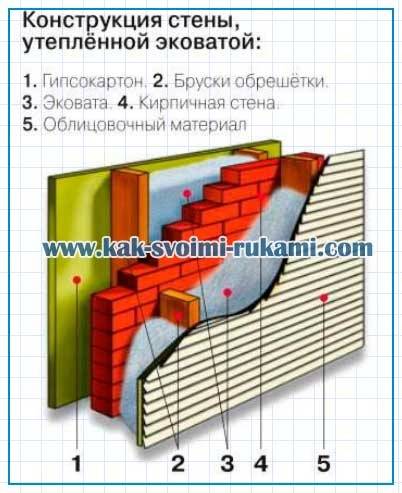

Applying insulation with your own hand
So, we came to the conclusion that the material in question may be the best option for thermal insulation of a house in many respects. If you know how to calculate the consumption and calculate the area for insulation, taking into account the margin, it remains only to choose the application technology - laying or spraying.
Based on the chosen method, you should purchase cellulose for wet application, or dry for styling.
The advantages of the first option - spraying, exclude the appearance of seams in the structure and give an even, uniform layer, which is easy to apply with your own hands. The material very quickly and firmly adheres to the surface and closes in itself, as if in a cocoon, electrical wiring and communications.
As for dry laying, it is advisable when installing horizontal slabs. The indisputable advantage in any case is the wastelessness of work and the versatility of thermal insulation in adhesion to any type of surface - from wood and metal to glass, stone, brick and concrete.
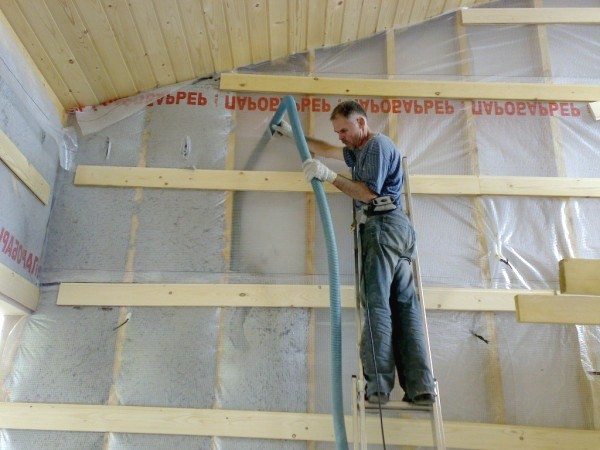

Laying cellulosic material
Let's consider in more detail some of the application technologies.
Dry lay by hand
This technique implies an easy technological process that allows you to do without renting special blow molding equipment and to carry out repairs using one or two pairs of working hands.
It is necessary to prepare a container in which the insulation is laid out and fluffs up with a drill or a construction mixer. Then the resulting composition is poured onto the cleaned and prepared surface. This approach is ideal for floor insulation.
As for the walls, here you will have to prepare a frame or use a ready-made frame structure, within which the ecowool insulation will be covered and tamped in layers of 0.5 m.
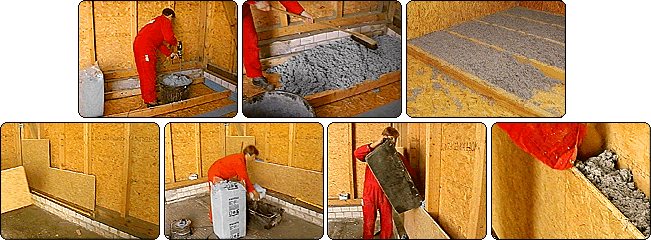

Dry installation of insulation by hand
Dry styling using technique
The blowing gun or equipment is used in professional construction to work with cellulose wool. This approach, although it implies extra costs, pays for itself when working with large structures and surfaces.
This is especially important in residential multi-storey construction for filling ceilings between floors and in the basement, sloped roofs and cavities in the walls.
During operation, ecowool or another type of insulation is pumped into the gun and sprayed under pressure in the space that needs to be filled with it. Due to the physical properties of expansion of the fibers, they penetrate into all crevices, even those where it is physically impossible to reach with manual installation.
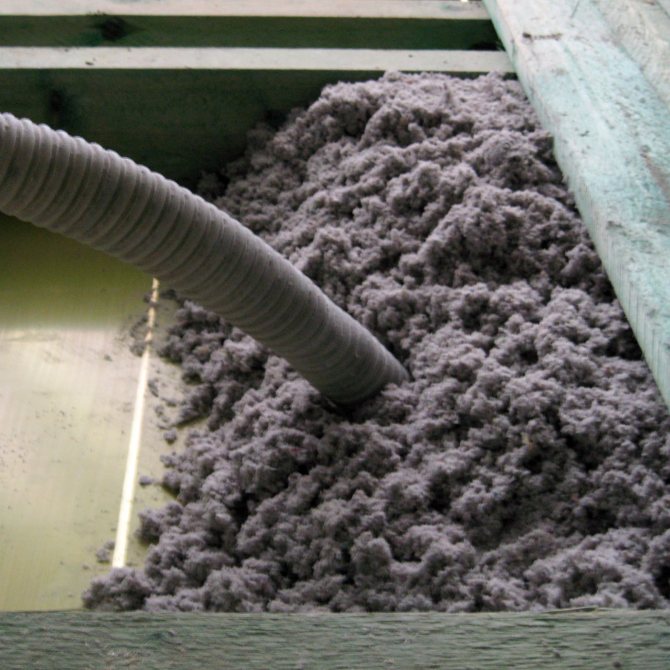

Dry laying of insulation using a "gun"
Wet application method
It implies working with vertical surfaces where it is simply impossible to do without an adhesive bond. For this, cellulose is used in plates or rolls, which can be applied in several layers and with an overlap, in order to avoid the appearance of cold-permeable seams.
The lignin released during wetting in the wood fiber is itself a good adhesive and provides adhesion to the surface. As a result, ecowool holds well and forms a layer of sufficient density. Usually, the instructions for the batch tell the builder which of the installation methods to choose in his case.
Disadvantages and disadvantages of ecowool
And now it's time to answer the question: what is holding back the spread of this insulation in Russia?
First of all, the fact is that in the Russian Federation there are no regulatory documents regulating the composition of ecowool, which means that the quality of products remains on the conscience of manufacturers. It is also worth noting that, although ecowool does not support combustion, it can smolder, because it is a woody product. Therefore, when insulating attic, attic rooms, additional insulation of the chimney with non-combustible materials is required.
Moisture in ecowool applied by the wet-glue method can have a bad effect on the surface to be insulated. All metal elements (fasteners, wires, pipes) must be painted or varnished to avoid corrosion, because the material will dry for quite a long time, up to two months. And of course, finishing work will have to be postponed for this time.
Finally, the most noticeable drawback is the price. The material itself is cheap, but for its high-quality application, qualified personnel are required, whose services will have to be paid. And the depreciation of the equipment will be included in the price. On average, the cost of a cubic meter of insulation with turnkey installation, depending on the density and application technology, ranges from 1700 to 5200 rubles.
Self-made cellulose boards
Is it possible to make paper insulation more convenient to use with your own hands?
Yes, you can make a kind of thin and dense insulation from waste paper. Whether the result is worth your time is a moot point; however, it is possible.
Here is a description of the manufacturing process.
- The paper is shredded and poured into the barrel. The smaller the fragments, the better the result will be. Then it is soaked for a day or two. The water should completely fill the paper.
- After this time, water is added to the barrel at the rate of 20 liters per kilogram of waste paper.
- An oil emulsion is made in a separate container: 100 grams of machine oil and water are taken per 200-liter barrel. The mixture is whipped with a mixer and added to the barrel: it will make the material hydrophobic.
- We add 100 grams of soda ash to the barrel (it will reduce the ability of the insulation to ignite) and 20 grams of boric acid (antiseptic).
- Beat the mixture thoroughly. This can be done with an impromptu mixer: three pieces of 4 mm wire are clamped into the drill chuck; then the last 15 centimeters of each segment are folded radially.
- After 5-7 days of settling, the mixture is whipped again. It should become as homogeneous as possible: in this case, the density of the insulation will be minimal, and the output of the useful volume will be maximum.
- We build a mold for the future insulation plate. Overall dimensions are arbitrary (you can focus on 50x100 centimeters). The bottom is a net on a solid base that allows water to pass through, or simply polyethylene punctured in several places with an awl and spread out on smooth sand.
Ecowool insulation - backfill: photo
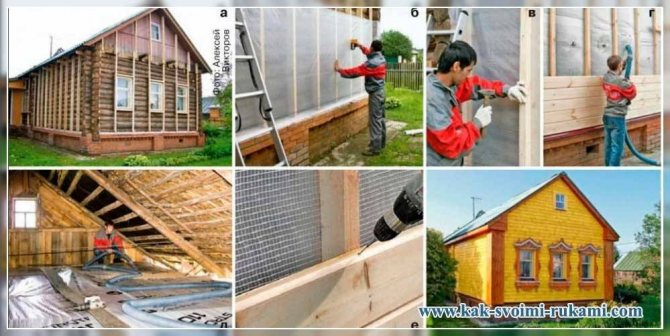

a) The lathing beams with a cross-section of 100 * 50 mm, necessary for the subsequent installation of the film "cover", are placed on the edge b, c) The vapor-proof film is fixed with a stapler and staples d, f) The walls are sheathed with a board imitating a bar, tightly pressing the cladding to the ebb above the foundation e) Ecowool for a warm "blanket" of the attic floor is sprayed with a density of 35 kg / m3 in a thick layer. This ensures that all cavities in the structure are filled.
Add-ons
Ecowool, as a wall insulation, should be used in construction and for repair insulation of a frame house, taking into account additional features:
- Manual laying does not allow reaching the required density, ecowool can lose up to half of its properties;
- The insulation is ready for backfill when the volume is increased by three times;
- When dry manually filling the walls, the ecowool should be compacted layer by layer, the density should be two times less than in the package;
- Manual installation is best done in small areas;
- Homemade equipment does not allow you to achieve the same paving quality using factory settings.
We offer you to familiarize yourself with Plum Hungarian Moscow
Thermal insulation with ecowool - house in 10 years - video
Ecowool in 10 years
© Author Yu.Leshkevich
TOOL FOR MASTERS AND MASTERS, AND HOUSEHOLD GOODS VERY CHEAP. FREE SHIPPING. THERE ARE REVIEWS.
Below are other entries on the topic "How to do it yourself - a householder!"
- Ecowool - the advantages and disadvantages of the material. Laying ecowool with your own hands Thermal insulation of the house with ecowool and characteristics ...
- Insulation spraying: comparisons of ecowool and polyurethane foam Which insulation is better - polyurethane foam ...
- Device for folding clothes with your own hands CONVENIENT DEVICE FOR FOLDING CLOTHES To ...
- Stable do-it-yourself folding goats for a workshop - photo and drawing Folding goats for a workshop with your own ...
- Stand for vertical storage of tools with your own hands (+ drawings) Vertical storage of tools in the workshop ...
- How to make a clutch for a baby stroller - photo and diagram DIY clutch for a stroller We offer ...
- DIY zipper bracelet (PHOTO + STEP-BY-STEP DESCRIPTION) HOW TO MAKE A BRACELET FROM A REGULAR ...
Subscribe to updates in our groups and share.
Let's be friends!
With your own hands ›How to choose or how to make› Encyclopedia of building materials › Ecowool (cellulose insulation) - use in construction
Industrial production and crazy pens
It is worth clarifying right away: the very idea of using paper for insulation is not new. Ecowool - one of the rather popular insulation materials - is almost entirely made of cellulose and is made from recycled waste paper. We will devote a separate article size to its properties.
However, along with the industrial production of ecowool, insulation with cardboard and paper is practiced without additional processing; as an option, insulation plates are made independently. We will also pay attention to this use of cellulose.
Corrugated board insulation process
Usually corrugated cardboard is used in the production of containers; used boxes and boxes made of it are quite suitable for insulation. The price will be the same. The difficulty may lie in the insulation device, that is, cutting and fastening.
The process is not even complicated - it is somewhat monotonous and unhurried, but if you take into account the cost of the material, then the decision to insulate the walls of a frame house can be considered quite acceptable. There is only one subtlety in insulation: when layering cardboard in the frame, the sheets must be pressed tightly to the racks and displaced in rows so that the joints constantly overlap.

